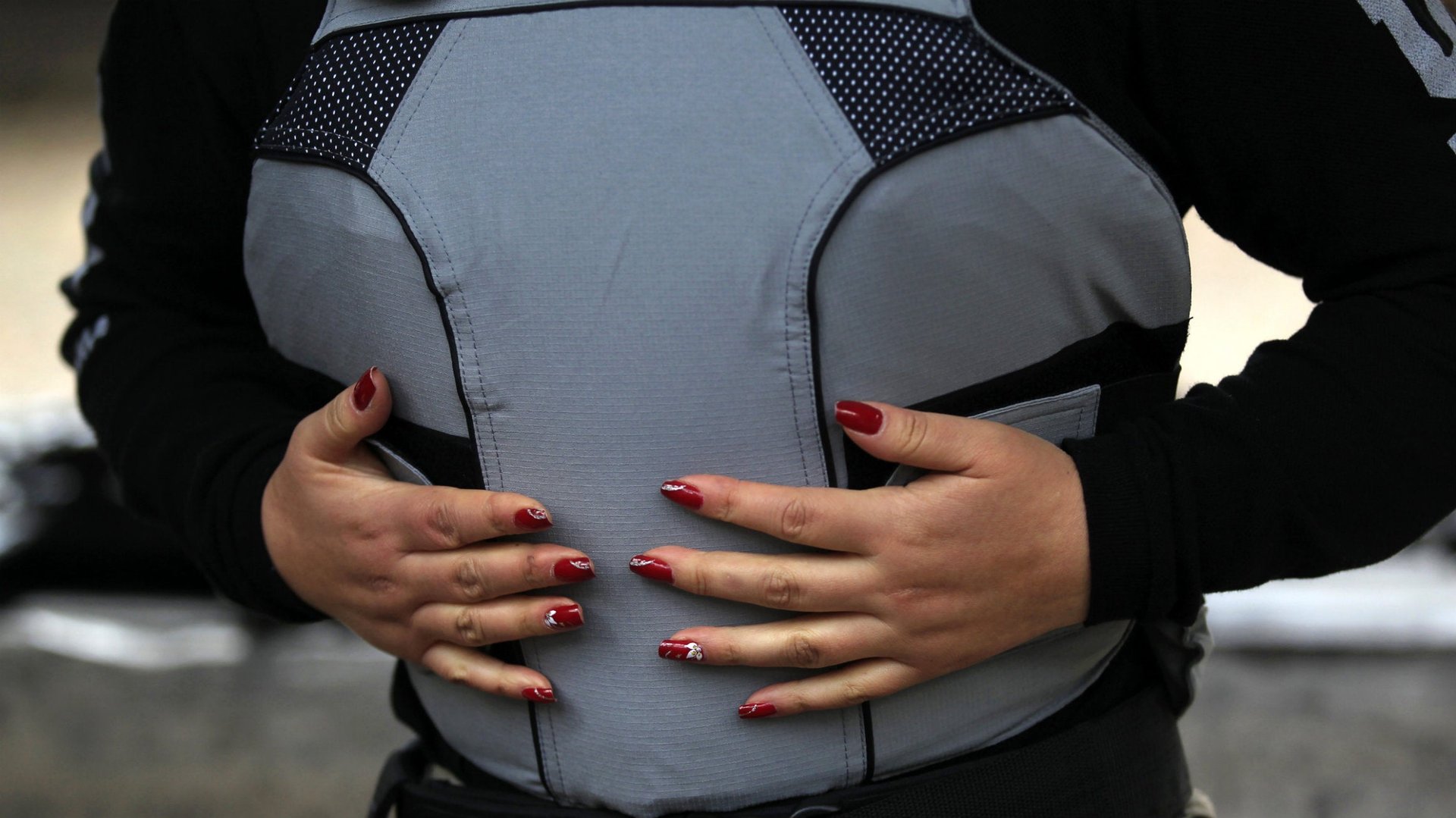DuPont is making a killing on the “RoboCop” material used in bulletproof vests
Chemicals giant DuPont may be best known for pioneering snoozy household products like Tupperware bowls and Teflon pans. But some of the innovations driving its latest profits are a lot edgier.


Chemicals giant DuPont may be best known for pioneering snoozy household products like Tupperware bowls and Teflon pans. But some of the innovations driving its latest profits are a lot edgier.
One of the standouts in the company’s third quarter earnings, released this morning, was the strong performance of its safety and protection division, which makes up roughly 13% of DuPont’s total revenue. Sales for the unit jumped 5% to $985 million, while profits were up 16% to $171 million. By contrast, DuPont’s overall profits dropped thanks in part to its declining chemicals business, which has suffered from volatile titanium prices.
Among other products, the safety and protection division makes Kevlar materials, which are used by the military and in corporate security for products like ballistic and stab resistant clothing and lightweight armor. The technology, which has been around since the 1960s, is even used in businesses as diverse as the National Football League. Detroit Lions receiver Nate Burleson, for instance, said he is planning to wear a Kevlar sleeve to protect his broken arm when he returns from injury in coming weeks. “I’m going to have something basically, from my wrist almost to my elbow,” he told the Detroit Free Press last week. “They said it’s Kevlar, so it’s pretty legit. Some RoboCop stuff.”
DuPont said the outsized growth in demand for Kevlar came down to “increased demand in US ballistics military protection.” That includes flame-resistant Kevlar used in military vests and throat and groin protectors. Whether this demand starts to wither as US military cutbacks set in remains to be seen, but the company still expects modest growth in sales in the fourth quarter.